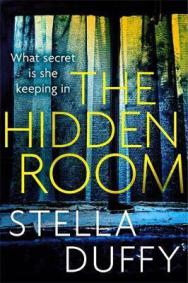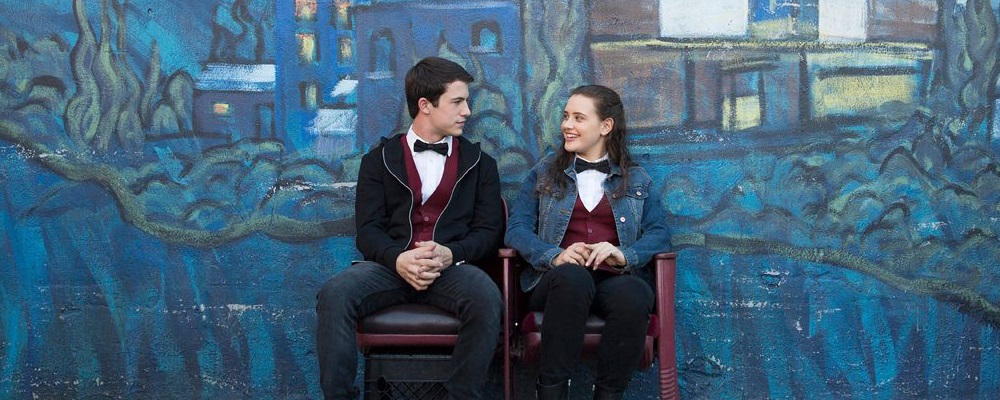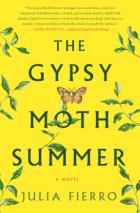Stella Duffy is a prolific author, but before picking up her newest novel, The Hidden Room, I had shamefully never read any of her work. She goes back to her roots, so to speak, with this title, returning to the genre of psychological thrillers after twelve years.
The Hidden Room has been wonderfully reviewed. Crime writer Val McDermid writes: ‘Nobody turns the screw of tension tighter…  [it] left me gasping’, and Alex Marwood adds: ‘Duffy roars back into crime writing with her trademark intensity. The Hidden Room is spooky, atmospheric and as psychologically on point as it could be. If you want to be disturbed, read this book.’
[it] left me gasping’, and Alex Marwood adds: ‘Duffy roars back into crime writing with her trademark intensity. The Hidden Room is spooky, atmospheric and as psychologically on point as it could be. If you want to be disturbed, read this book.’
The novel follows a married couple named Laurie and Martha, who should, by all accounts, be incredibly happy. They have three healthy teenage children, and live in an enormous house, a finished renovation project which they undertook together, in the middle of the Lincolnshire countryside. After Laurie’s architectural career takes off, ‘Martha had become the prime carer by default, which had never been the plan, and had almost grown into a problem – until Martha had something else to occupy her thoughts, someone else. Someone to think about when she was increasingly the only parent picking the kids up from a late practice or date, the only parent around to enforce Sunday-night homework. Someone to make her feel a bit sixteen again, and a lot less thirty-nine. A lot less almost forty.’
The novel’s opening paragraph sets up the creepiness and tension almost immediately:
‘Laurie lived in a community when she was a child.
Some people called that community a cult, and she was taken away when she was nine years old.
She didn’t stay in touch with anyone from there.
She never went back.
Nothing remains from that time in her life.Laurie keeps secrets.’
Throughout, Duffy introduces a series of flashbacks which relate to Laurie’s early life, and the cult which she belonged to. When still a child, she was ‘covenanted’ to a boy two years older than her. After the ceremony, they ‘led the community in their dance that night. They led stumbling, unsure, it was difficult to make the steps with their hands crossed and bound to each other, but they led anyway. Exactly as Abraham often explained, they led because the others followed – he had dreamed the community into being, and it was a community only because they all surrendered to the dream. The dream and the promise, all tied together in a long, thin strip of tired red cotton.’
When Laurie is alone in the house, she finds a small crawlspace in the attic, which she soon begins to refer to as her ‘hidden room’; it is ‘narrow, wide enough for a single bed with a very little space to move alongside, and just over six feet long. It was definitively a part of the house, and it had once been a room, the bookcase had been nailed and drilled into place against what had been a door frame.’ She tells nobody about it, and when her past comes back to haunt her, it is to this space that she retreats: ‘So when she found the little room behind the bookcase she saw it as a gift. She didn’t think Martha would have minded if she’d said she wanted a space, for her work, or even just to think. But it wasn’t only a room that Laurie wanted, she wanted a secret, something of her own.’
Both the present and past stories which Duffy builds in The Hidden Room are engaging, and her often breathy prose sets the pace marvellously. Whilst the novel was nowhere near as taut, nor as tense, as I was expecting, and whilst I did guess the twists, I found the novel compelling nonetheless. Some elements were predictable, and others strange, but overall, the balance which Duffy has struck here works well.
Purchase from The Book Depository
Advertisements Share this:




